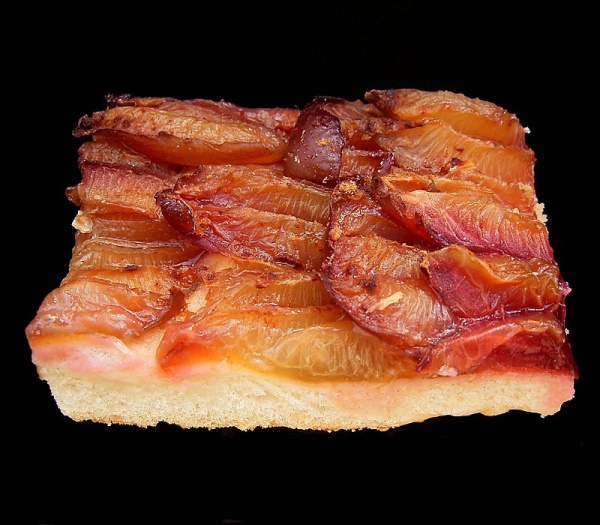Facts About Zwetschgenkuchen
Zwetschgenkuchen, often referred to as Pflaumenkuchen or Zwetschgendatschi, is a cherished summer delicacy in Germany, Austria, and Switzerland. This delectable cake is crafted from either yeast dough or shortcrust dough and is generously adorned with pitted zwetschgen plums. Depending on the region, it might be called Quetschekuche, Zwetschgendatschi, or Prummetaat.
The term "Datschi" is believed to derive from the German word "detschen" or "datschen" meaning "to press" or "to pinch." This alludes to the method of pressing the plums into the dough. Traditionally, Zwetschgenkuchen can be enjoyed plain or with a Streusel topping that adds sweetness and texture.
A delightful legend suggests that Zwetschgenkuchen originated in Augsburg, where it’s considered the city's signature dish and even appears on the city's coat of arms. In some regions, this plum cake is more than just a dessert; it’s served as a main dish for lunch, often accompanied by potato or vegetable soup. In Saarland, a region in Germany, it's paired with bean soup, locally known as "Bibbelschesbohnesup un Quetschekuche."
Whether enjoyed as a snack or a main course, Zwetschgenkuchen is a delightful way to savor the flavors of summer.

 Hungary
Hungary